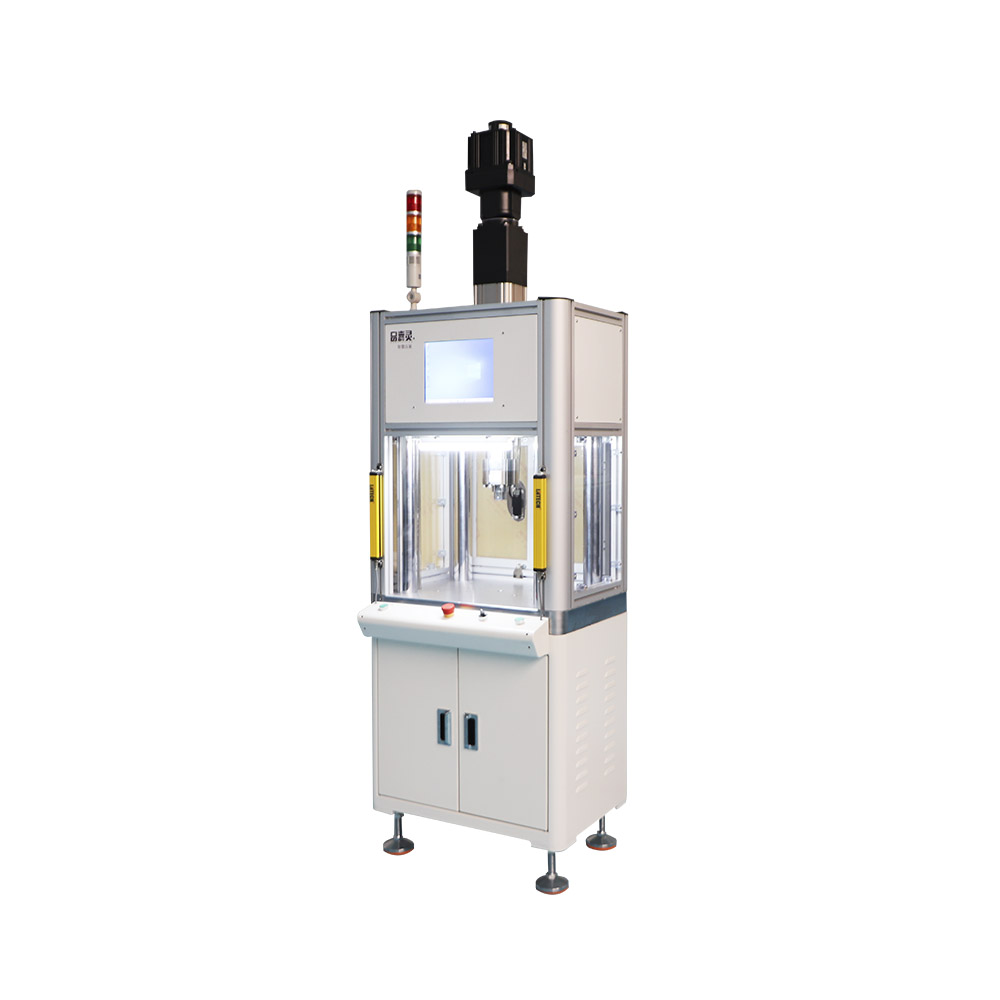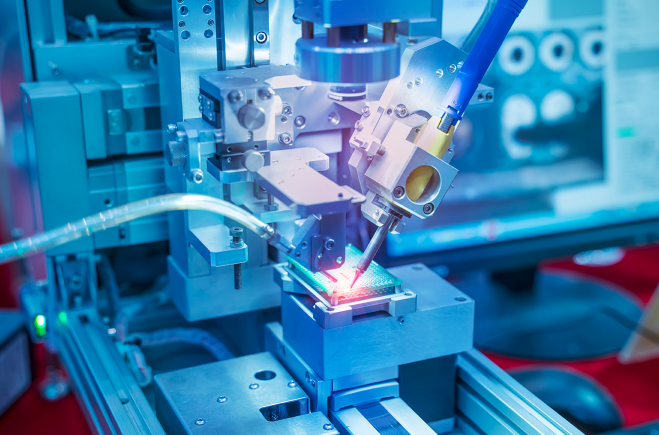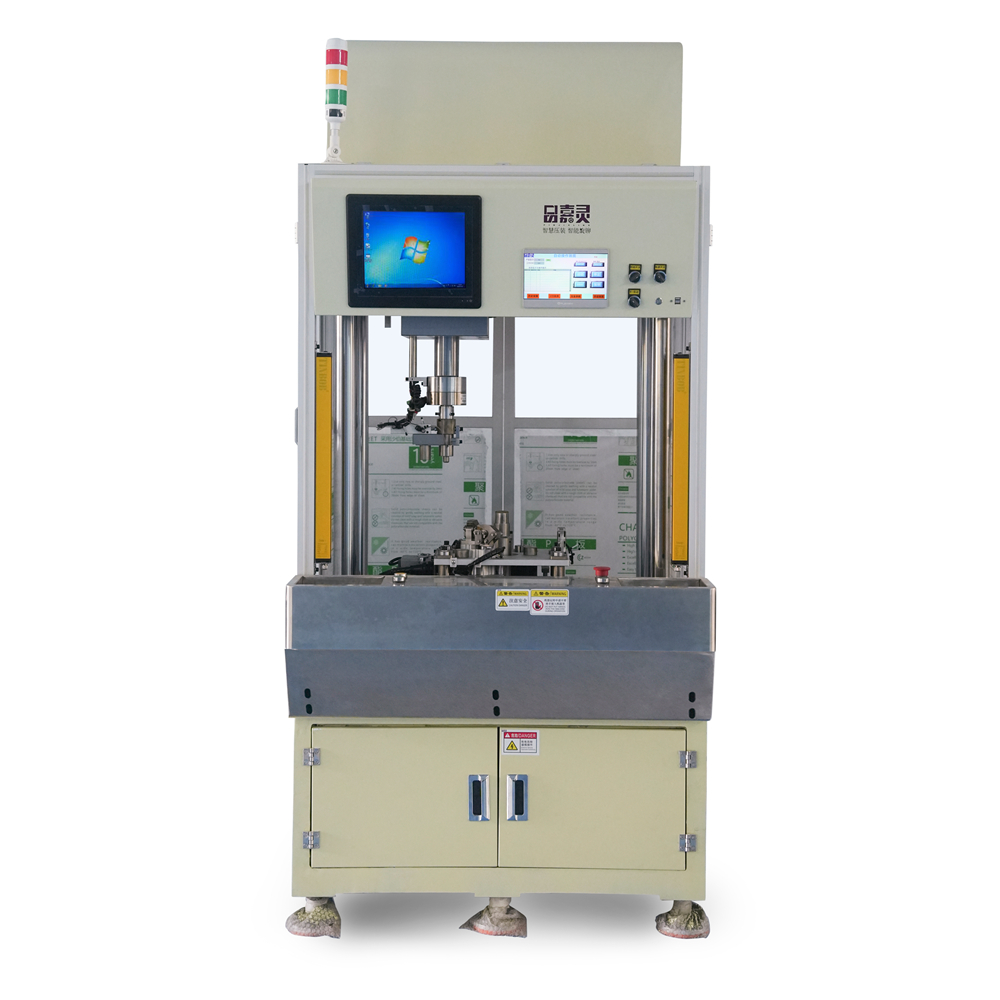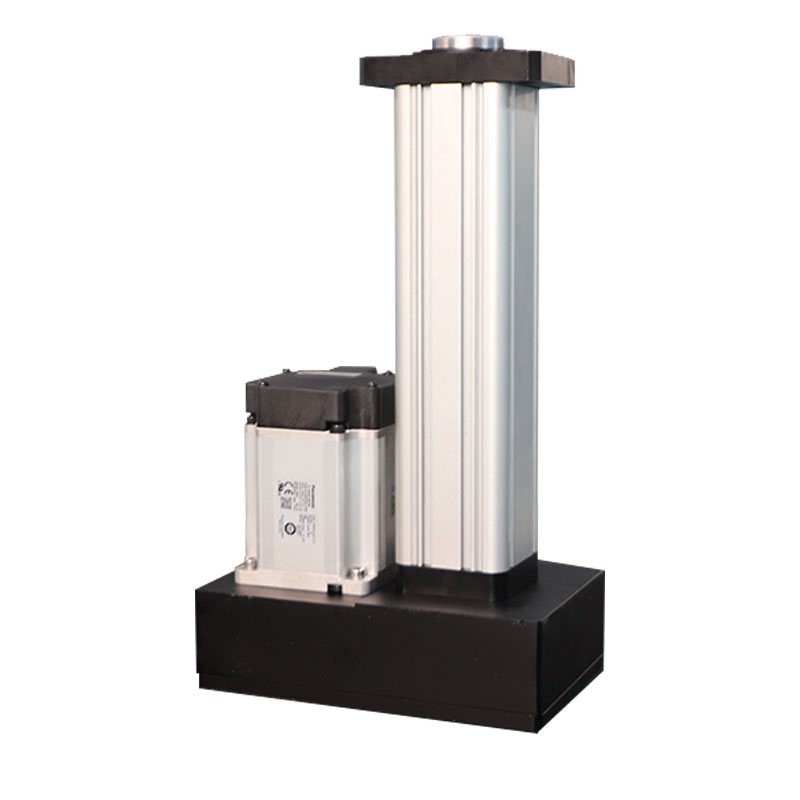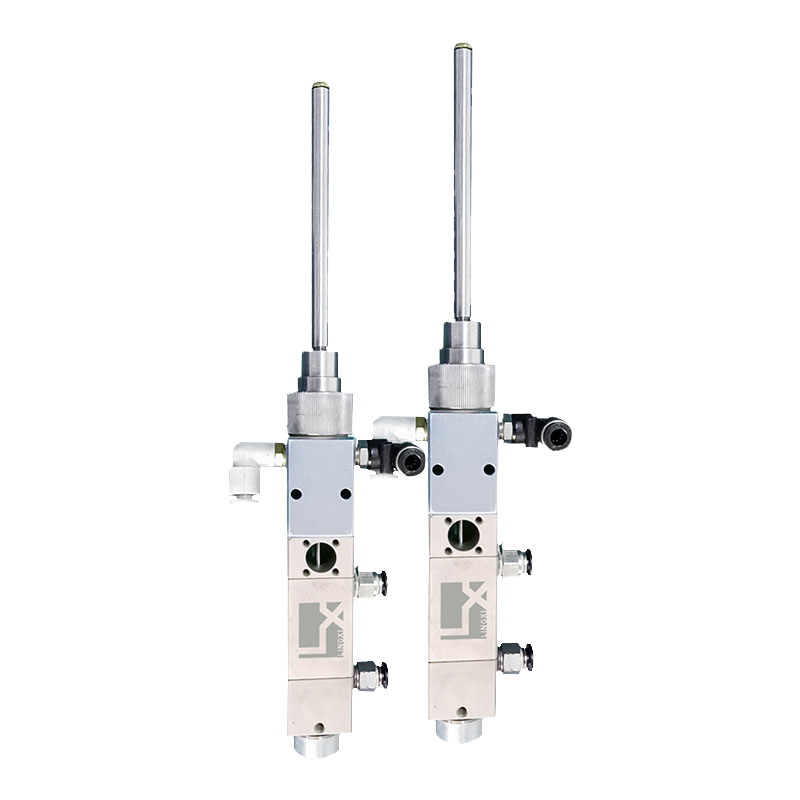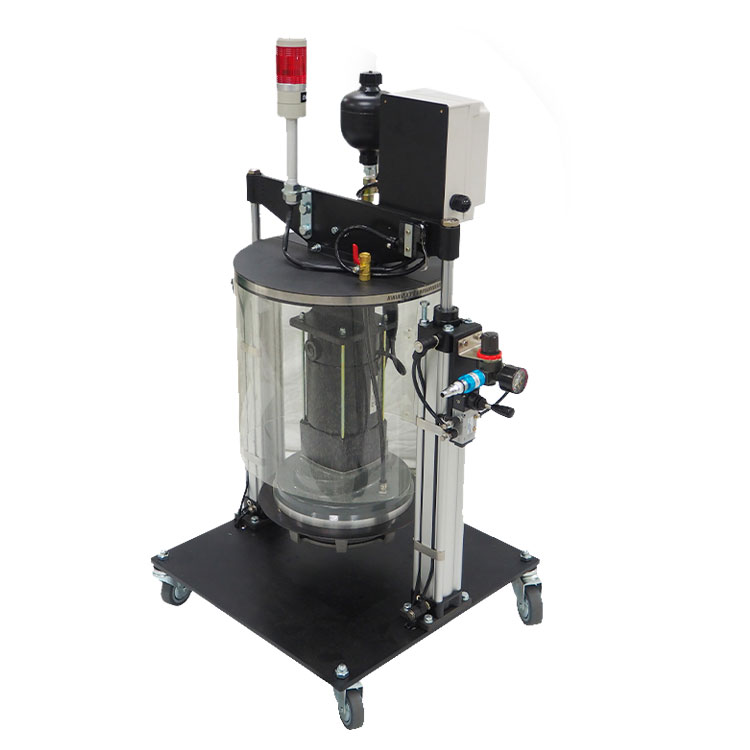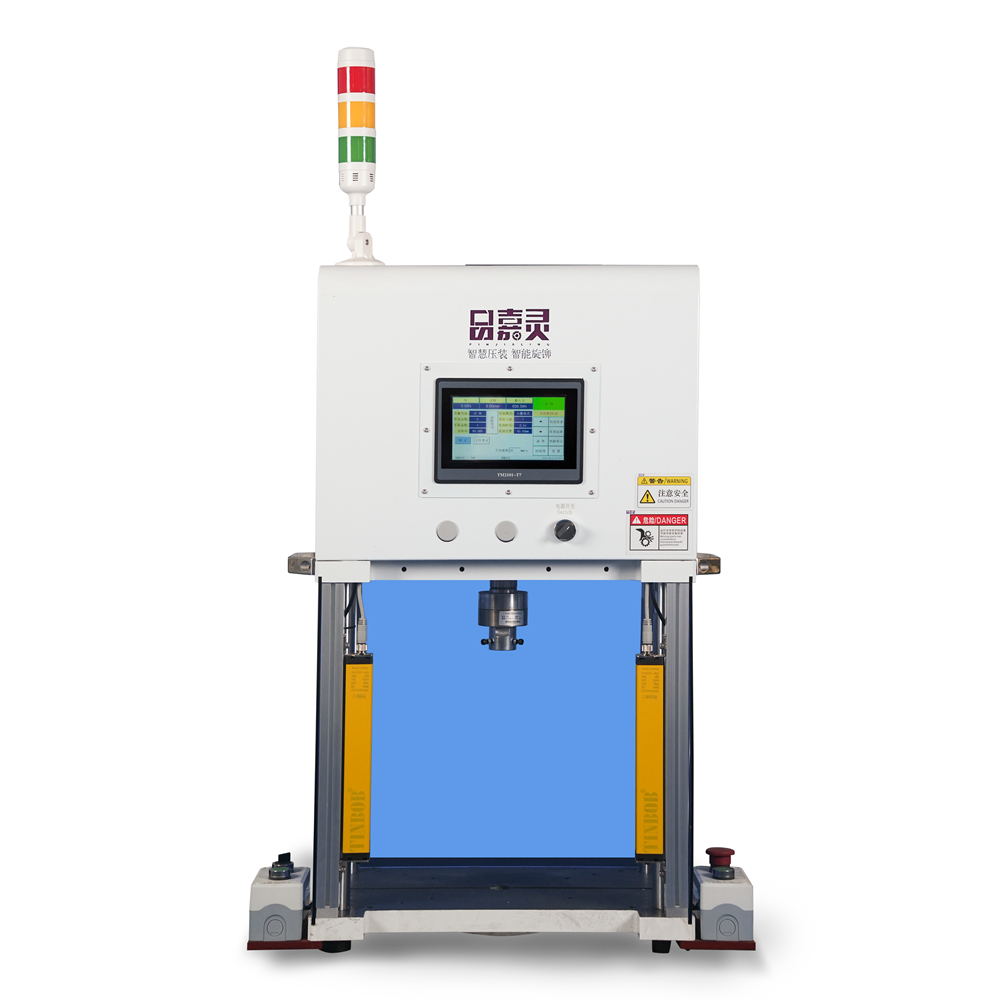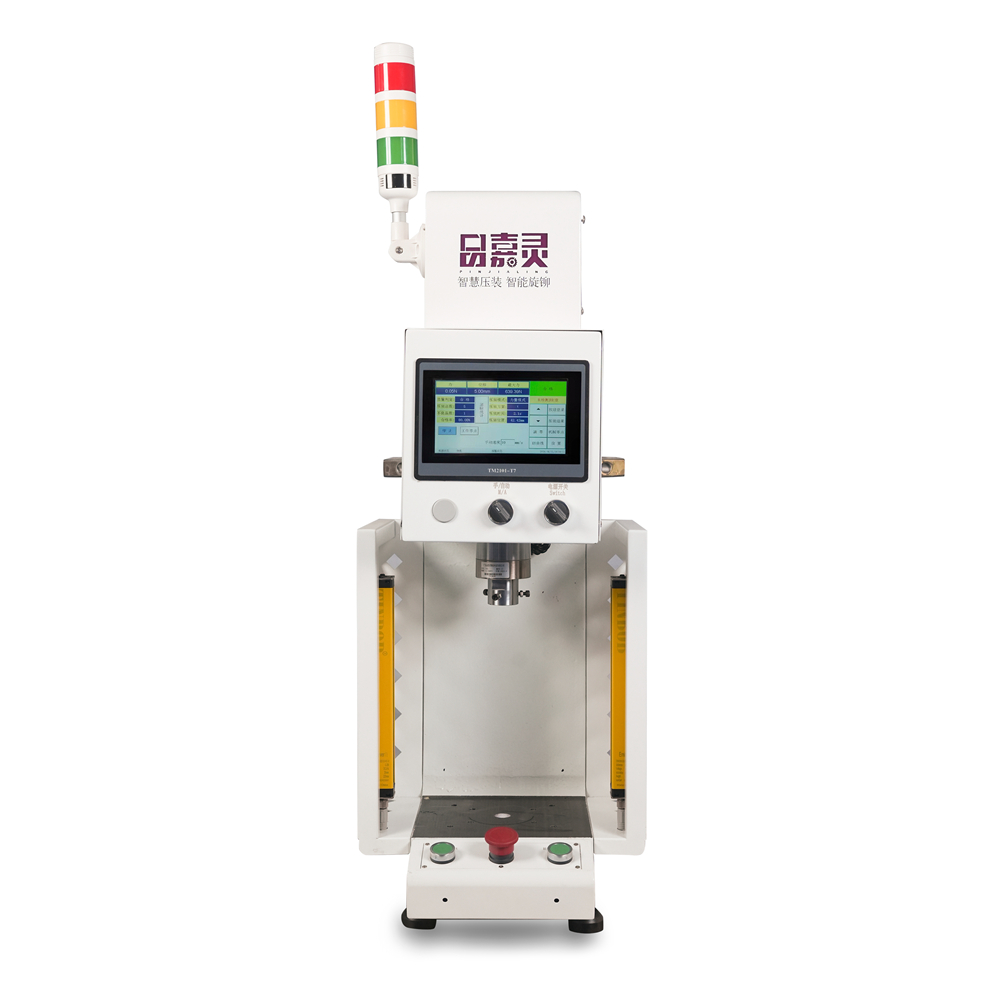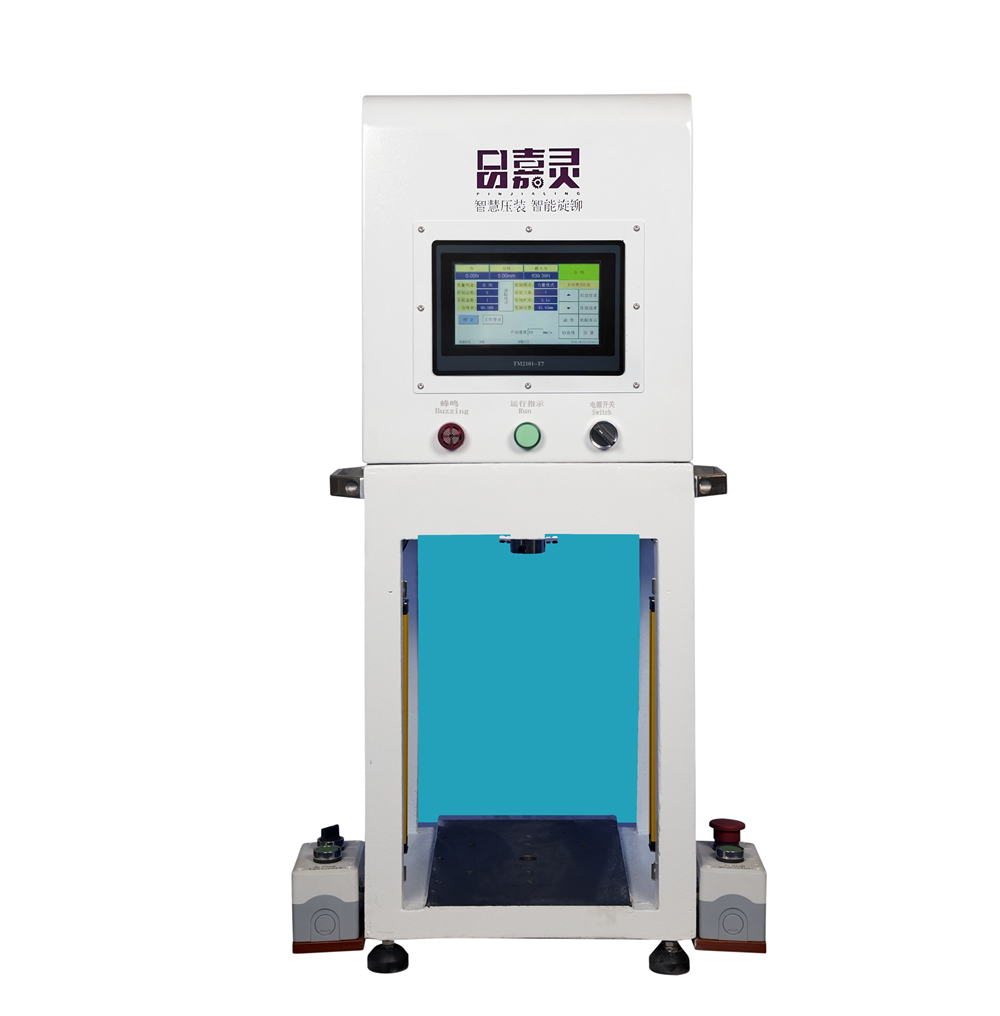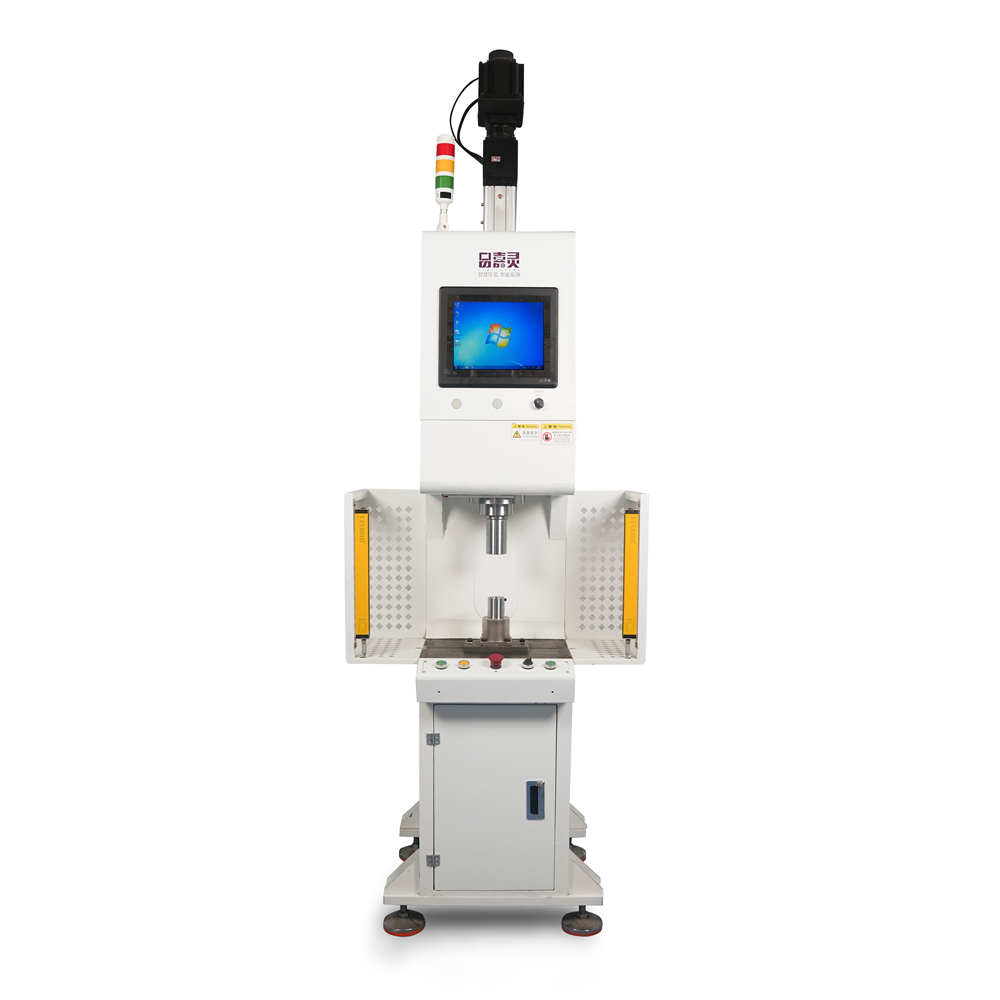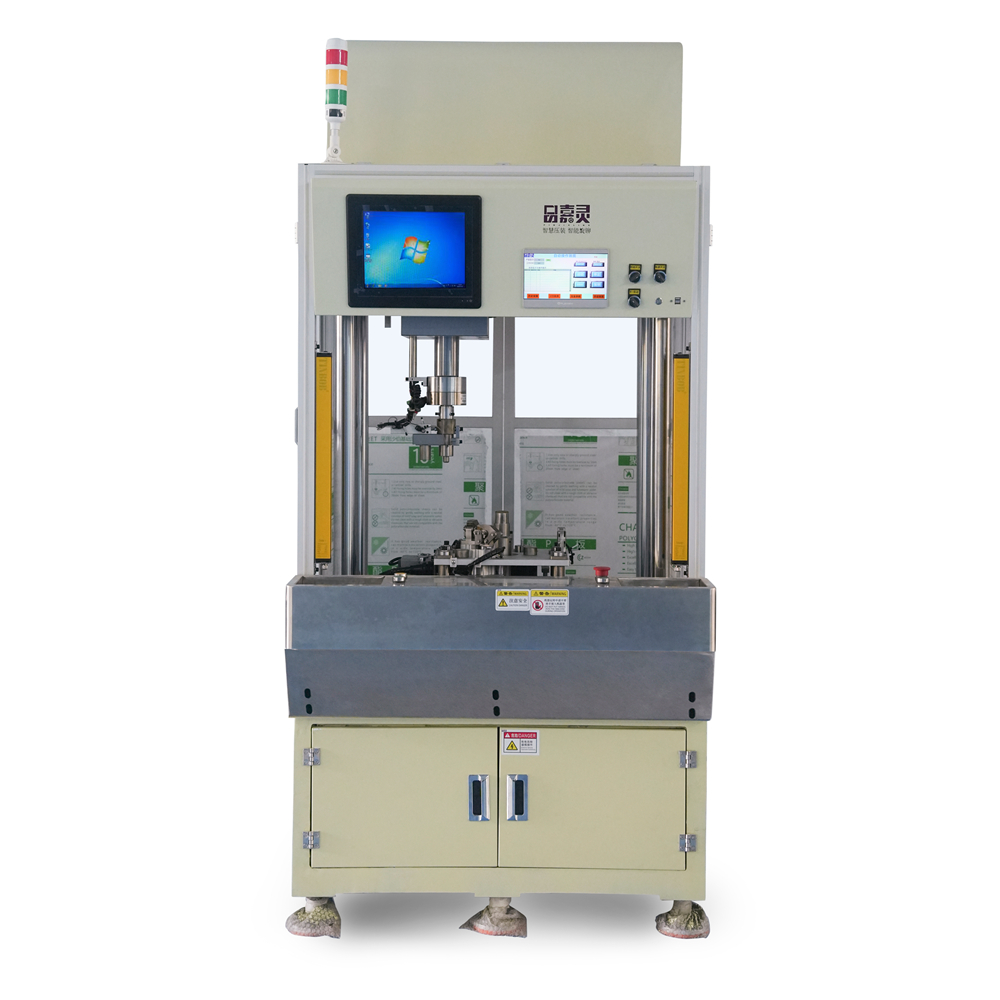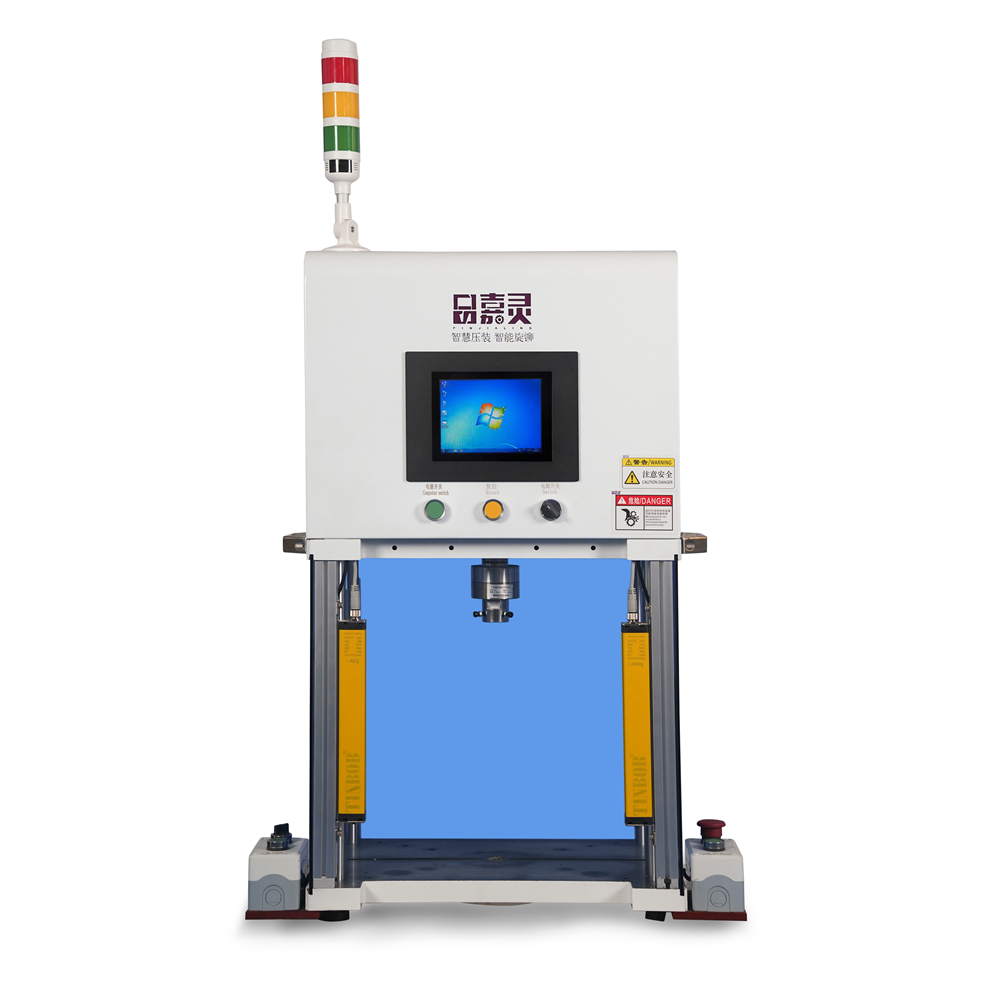Servo Radial Riveting Machine for Automotive Manufacturers
The automotive industry is constantly evolving, with manufacturers always seeking innovative solutions to improve the efficiency and quality of their production processes. One such solution that has gained popularity in recent years is the Maszyna do nitowania promieniowego serwo.
The Servo Radial Riveting Machine is a state-of-the-art tool that is specifically designed for automotive manufacturers. It offers a reliable and efficient way to join various components of a vehicle together, such as body panels, brackets, and frames. With its advanced technology and precision engineering, this machine delivers consistent results while ensuring the structural integrity of the final product.
One of the key features of the Servo Radial Riveting Machine is its servo-controlled radial force. This allows for precise control over the riveting process, ensuring that the correct amount of force is applied to the rivet every time. This is particularly crucial in the automotive industry, where even the smallest deviation in rivet force can affect the overall quality and safety of the vehicle.
Furthermore, the servo motor technology used in this machine offers a high level of accuracy and repeatability. This means that automotive manufacturers can rely on this machine to produce consistent results, regardless of the volume of production. This not only ensures the quality of the vehicles but also helps manufacturers meet strict industry standards and regulations.
Another advantage of the Maszyna do nitowania promieniowego serwo is its versatility. It is capable of handling a wide range of materials, including aluminum, steel, and even difficult-to-rivet materials such as plastics and composites. This flexibility allows automotive manufacturers to use this machine in various applications throughout their production lines.
In addition to its technical capabilities, the Servo Radial Riveting Machine also offers several operational benefits. It features a user-friendly interface that allows operators to easily program and adjust the machine settings. This reduces the training time required for operators and increases overall efficiency in the production process.

Furthermore, the machine is equipped with safety features to protect both operators and the final product. It includes sensors and interlocking mechanisms that prevent the machine from operating if any abnormal conditions are detected. This ensures a safe working environment and minimizes the risk of accidents or damage to the vehicle components.
Overall, the Maszyna do nitowania promieniowego serwo has become an essential tool for automotive manufacturers. Its advanced technology, precision engineering, and operational benefits make it a reliable and efficient solution for joining components together. With its ability to handle various materials and deliver consistent results, this machine helps manufacturers meet industry standards while improving the overall quality and safety of their vehicles.
- How does the S-type servo press work?
- As a kind of precision CNC servo electronic press, the working principle and characteristics of...
- What is a linear servo actuator?
- As an important mechatronic product, the linear servo actuator plays a key role in modern...
- Four-Column Gantry Servo Press: High Precision Pressing, Leading the Way in Intelligent Manufacturing
- In modern manufacturing, the four-column gantry servo press has become the preferred equipment for many...
- Servo Linear Actuator: Precise and Stable Industrial Force
- Servo linear actuator, as an important component in the field of modern industrial automation, plays...
- What exactly is a spray valve?
- Spray valve, this term is not uncommon in daily life and industrial production, but many...
- Electric Butter Machine: Detailed explanation of mechanism, structure and function
- As an efficient and convenient butter production equipment, the electric butter machine realizes the fast...


